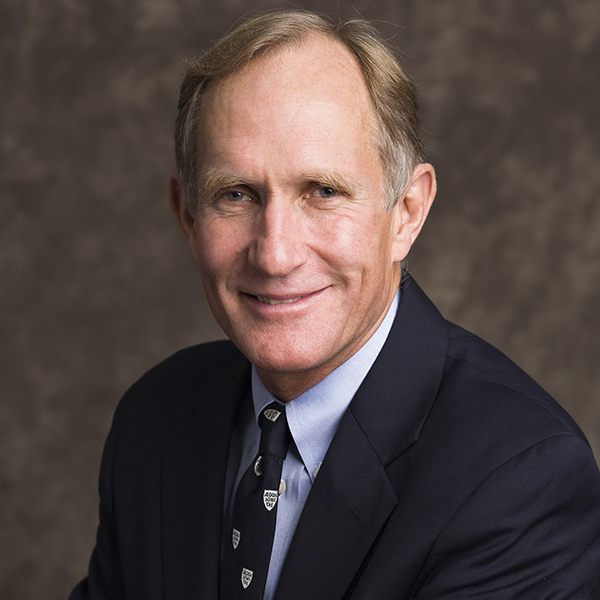How science can help countries forge unlikely connections

By finding common ground in science, nations with otherwise strained relationships can build ties and establish friendships, says Nobel laureate and science diplomat Peter Agre
Diplomacy isn’t just the realm of ambassadors—scientists can use their research to build ties with nations, including those the U.S. does not consider allies. Here, Peter Agre, winner of the 2003 Nobel Prize in Chemistry and a Bloomberg Distinguished Professor in the schools of Public Health and Medicine at Johns Hopkins University, explains the tenets and promise of science diplomacy.
Agre has led multiple visits of American scientists to North Korea, Cuba, Myanmar (formerly Burma), and Iran. He will be among the featured speakers at the two-day Science Diplomacy Summit at the Hopkins Bloomberg Center April 15-16.
How did you become interested in science diplomacy?
I’ve been at Hopkins for a long time. I came in the 1970s as a first-year medical student. I was interested in medicine in the developing world and traveled across East Asia, Southeast Asia, and the Middle East. Because of that interest, I was able to take part of the American Association for the Advancement of Science’s new program for science diplomacy. They asked if I would be interested in traveling with them to North Korea. It sounded interesting, fun, challenging, and like something we should be doing.
Then I quickly became a so-called science diplomat. We met with the North Korean science leaders. We took trips to Myanmar, multiple trips to Cuba and a trip to Iran.
I think the term science diplomacy is rather broad, but a lot of what we do involves using scientific contexts to find ways to improve the relations between our countries.
Can you give an example of a science diplomacy victory?
One very interesting example is the 2015 nuclear accord with Iran. The Iranians have always had strong research programs in engineering. Top U.S. engineering schools often have many Iranian graduate students. Many stayed in the U.S. but others would return to Iran.
At the time, it was very clear Iran had the capacity to make nuclear weapons. The relationship between Iran and the U.S. was horrible. Negotiations between the two countries were at a standstill, but there was finally a breakthrough when two scientists met.
Ernest Moniz, a professor at MIT who had become the U.S. secretary of energy, met with Ali Akbar Salehi, the former head of the Iranian energy program. Ali grew up in Iran but came to MIT for his PhD in nuclear physics, where one of his professors was Ernest Moniz.
They knew each other, and by meeting, they realized that the country’s positions were more flexible than initially thought.
Unfortunately the Trump administration overturned the accord by executive action, but the scientists played an integral role in negotiating it.
What sort of projects have you done?
We have an interesting situation in Cuba. It’s so close to the United States—at the founding Thomas Jefferson thought Cuba should be part of the U.S.
The relationship between the two countries has been difficult since the Cuban revolution. They have an authoritative regime, and we have a reactionary political situation. But one of the positive sides of the revolution is they established universal health care and took the sciences—the life sciences in particular—seriously.
So the scientists have much in common, and certainly with things like disaster preparedness. Climate change is wreaking havoc with our weather, and Cubans are ahead of us in the storm damage that occurs in the Caribbean. Their atmospheric chemists and ours have a lot of common interests. It’s a way of establishing friendships.
The diplomatic corps refers to this as soft diplomacy. It’s not going to create a problem in security and we hope that being in contact will smooth out relations between our countries.